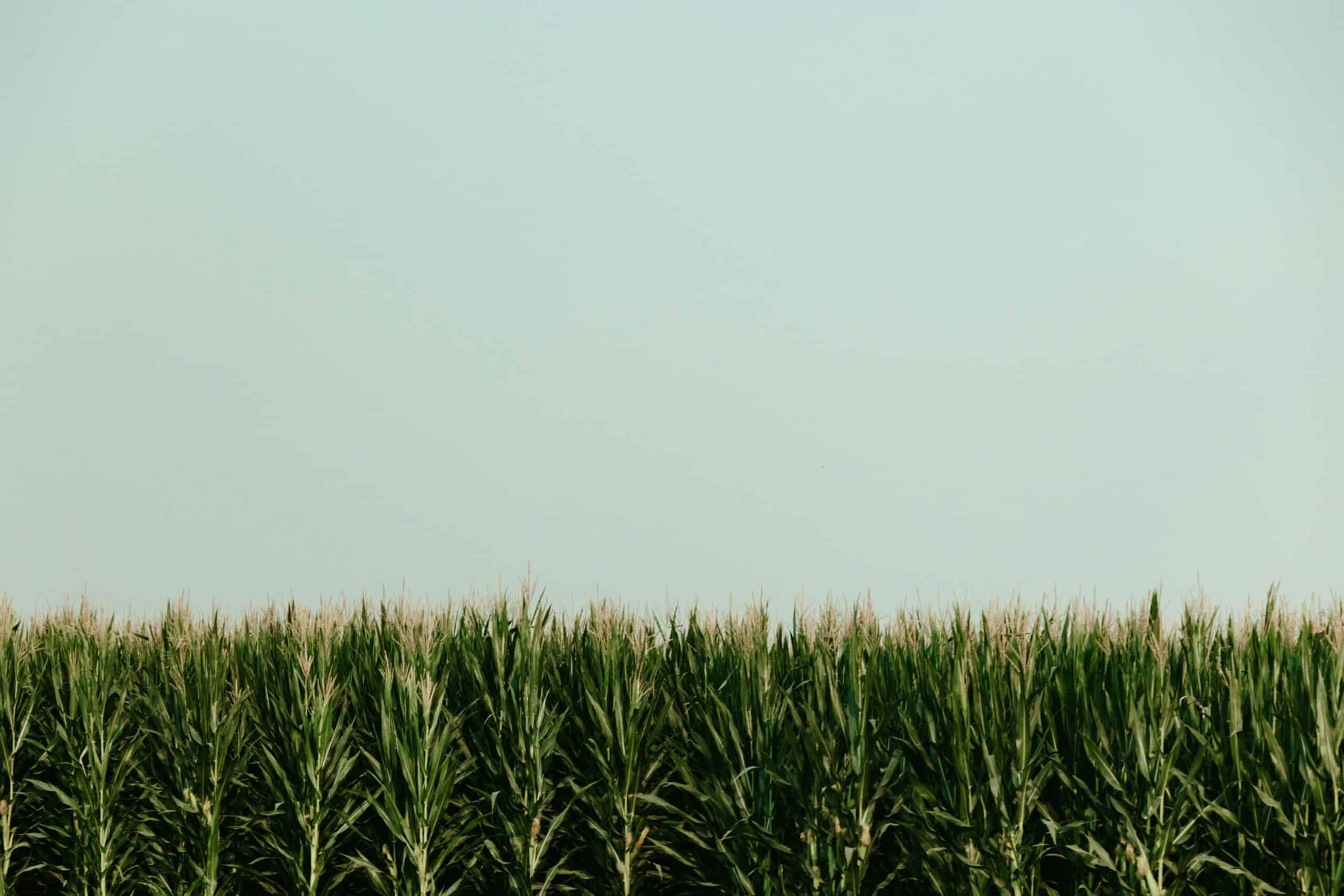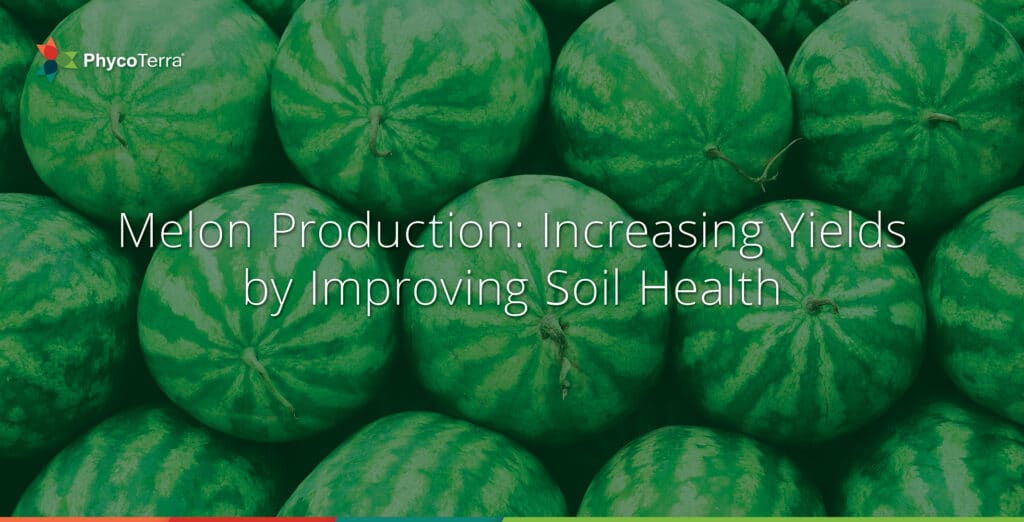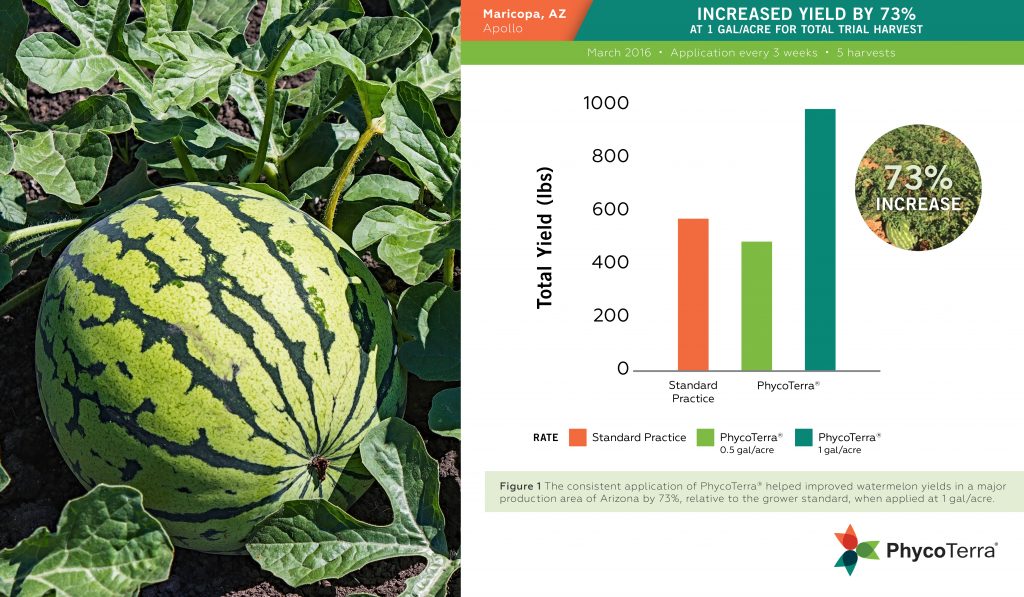Apr 11, 2025


The hallmark of summertime treats, melons, are popular worldwide. In the US alone, the average person eats a whopping 26 pounds of melon each year! In 2017, watermelon made up about 16 pounds with cantaloupe and honeydew melons trailing at 8.7 and 1.5 pounds, respectively. That’s a lot of melon!
Ideal growing conditions for melons include a long, warm, frost-free season with primary production areas in California, Arizona, Texas, Georgia, and Florida. Unfortunately, soils in these areas are challenged by a lack of organic matter, degraded soil structure, reduced nutrient cycling function, and limited water holding capacity, characteristics that make up a healthy soil. Further compounding soil health challenges, typical melon production model practices include frequent tillage, bed listing, the use of plastic mulch and fumigation, all reducing the soil’s ability to self-heal through biological activity.
Proven regenerative agriculture practices and their soil health restoration and building capabilities make even the most degraded soils productive.
Heliae Agriculture provides the solutions: practices and products growers need to produce consistent melon yields while building soil health and quality.
PhycoTerra and PhycoTerra Organic change the soil health opportunities growers have at their disposal. Both Heliae Agriculture products can be readily deployed on a field to help improve soil health and soil quality.
Heliae research shows that application of either product will help improve the soil microbiome by providing the super food source microorganisms need to flourish, creating soil aggregates which lead to the improvement of soil structure and water holding capacity.
Watermelon trial results from Arizona (Figure 1) support the benefits of using PhycoTerra in a melon growing program.
Consistent application of PhycoTerra helped improve watermelon yields in a major production area of Arizona by 73%, relative to the grower standard, when applied at 1 gal./ac.
Our research at Heliae Agriculture has led to the creation of a quality microalgae product, a variety of sustainable soil solutions that can have an immediate impact on your soil microbiome, and the performance of your broccoli and cauliflower crop. To learn more about our Soil Microbe Food, PhycoTerra, and how it can improve the soil and yields on your farm, click here.
References
Weil and Brady 2017 – https://www.pearson.com/us/higher-education/program/Weil-Nature-and-Properties-of-Soils-The-15th-Edition/PGM219427.html

Figure 1 – Application of PhycoTerra during broccoli transplant increased the average yield by ~14% and ~17% when used in conjunction with an orthophosphate liquid starter lend (OP).
Note: All trial data is current as of blog posting. For the most up to date trail data, please visit our trials page.